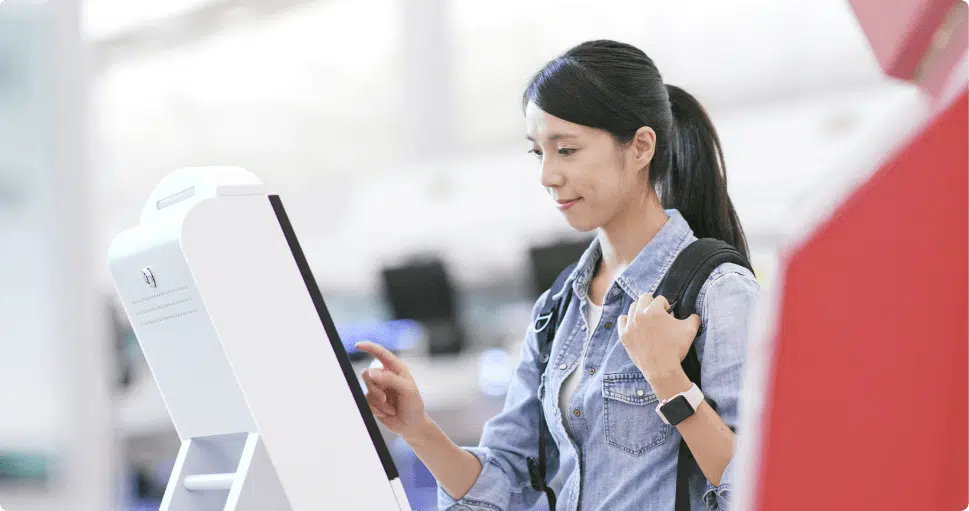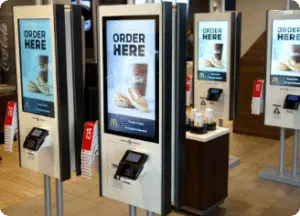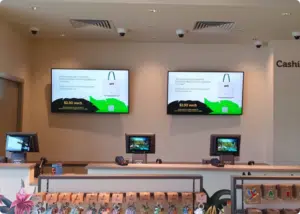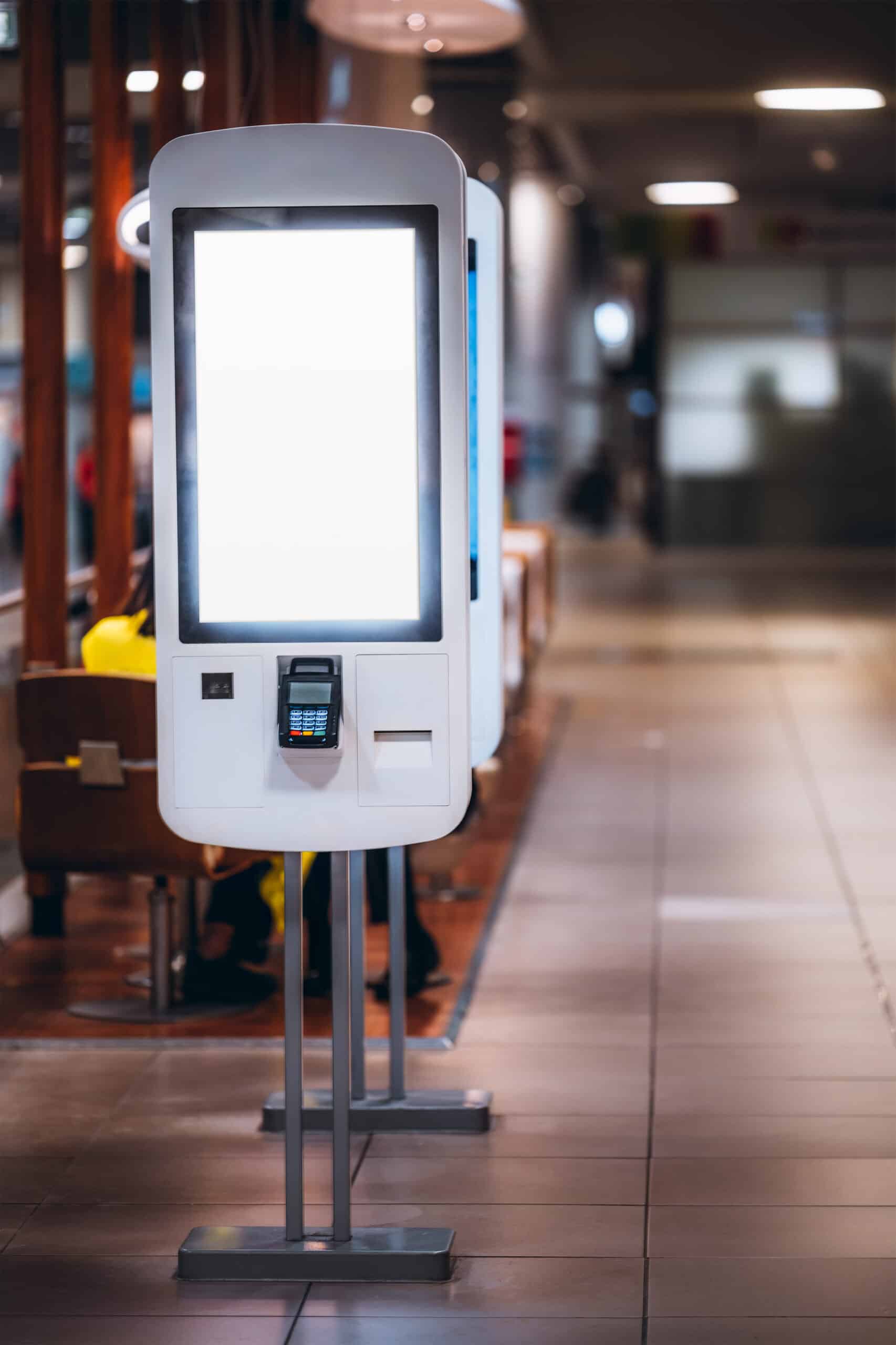What Are Touchscreen Kiosks?
Touchscreen kiosks are interactive digital displays that allow users to navigate information, complete transactions, or access services without the need for direct human assistance. Found in retail stores, restaurants, healthcare facilities, and airports, these kiosks improve efficiency while offering a seamless customer experience.
How Touchscreen Kiosks Enhance Customer Experience
1. Speed and EfficiencyOne of the biggest advantages of touchscreen kiosks is reducing wait times. Customers can quickly browse products, place orders, or check in without needing assistance from staff. For instance, self-service kiosks in fast-food restaurants allow users to place customized orders in seconds, enhancing convenience and operational speed.
2. Personalization and InteractivityMany kiosks are integrated with AI and machine learning to deliver personalized recommendations based on customer preferences. Retail kiosks, for example, can suggest outfits based on browsing history, while hotel kiosks can provide tailored recommendations for local attractions.
3. Self-Service ConvenienceCustomers appreciate the ability to handle tasks independently. Self-checkout kiosks in grocery stores and automated ticketing machines in public transport hubs empower users to complete transactions without needing staff assistance, providing a frictionless experience.
4. Enhanced EngagementInteractive kiosks make customer interactions more engaging through high-quality visuals, touch-responsive menus, and multimedia content. Museums, for example, use kiosks to provide immersive exhibits, while fitness centers offer touchscreen kiosks for virtual personal training sessions.
5. Omnichannel IntegrationTouchscreen kiosks can seamlessly connect with mobile apps and online platforms, creating a unified customer experience. For example, a shopper can start browsing online, save their preferences, and complete the purchase at an in-store kiosk.
Key Industries Benefiting from Touchscreen Kiosks
Retail- Product browsing and virtual fitting rooms
- Self-checkout stations
- Loyalty program enrollment
- Hotel check-in/check-out kiosks
- Restaurant self-ordering kiosks
- Digital concierge services
- Patient check-in kiosks
- Appointment scheduling
- Digital wayfinding and information access
- Automated ticketing and check-in systems
- Interactive maps and wayfinding kiosks
- Self-service baggage check-in
The Future of Touchscreen Kiosks
As technology advances, touchscreen kiosks will continue to evolve. Features like facial recognition, voice commands, and AI-powered chatbots will make kiosks even more intuitive and efficient. Additionally, 5G connectivity and cloud integration will enhance data processing, enabling businesses to offer even faster and more personalized services.
Conclusion
Touchscreen kiosks are revolutionizing the way businesses interact with customers. By improving speed, engagement, and personalization, they create a smoother, more enjoyable experience. As consumer expectations shift toward self-service and digital convenience, integrating touchscreen kiosks is no longer a luxury but a necessity for businesses looking to stay competitive.

















